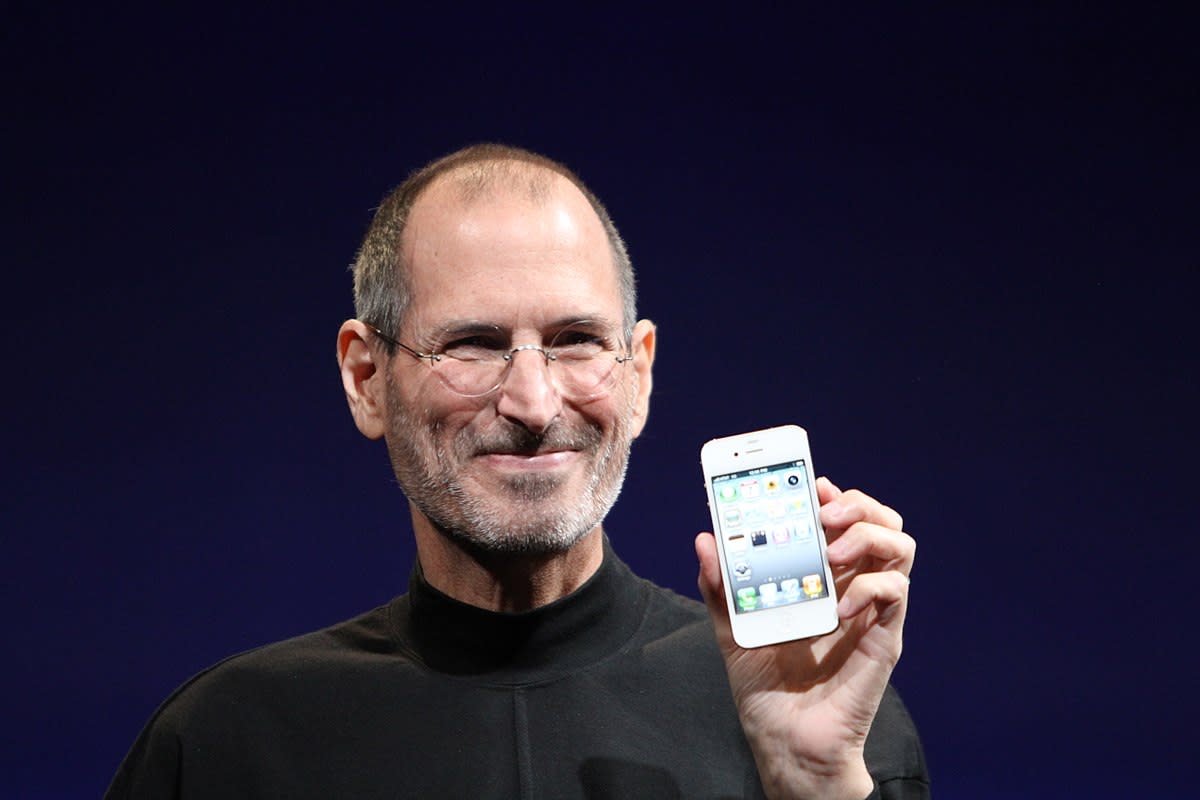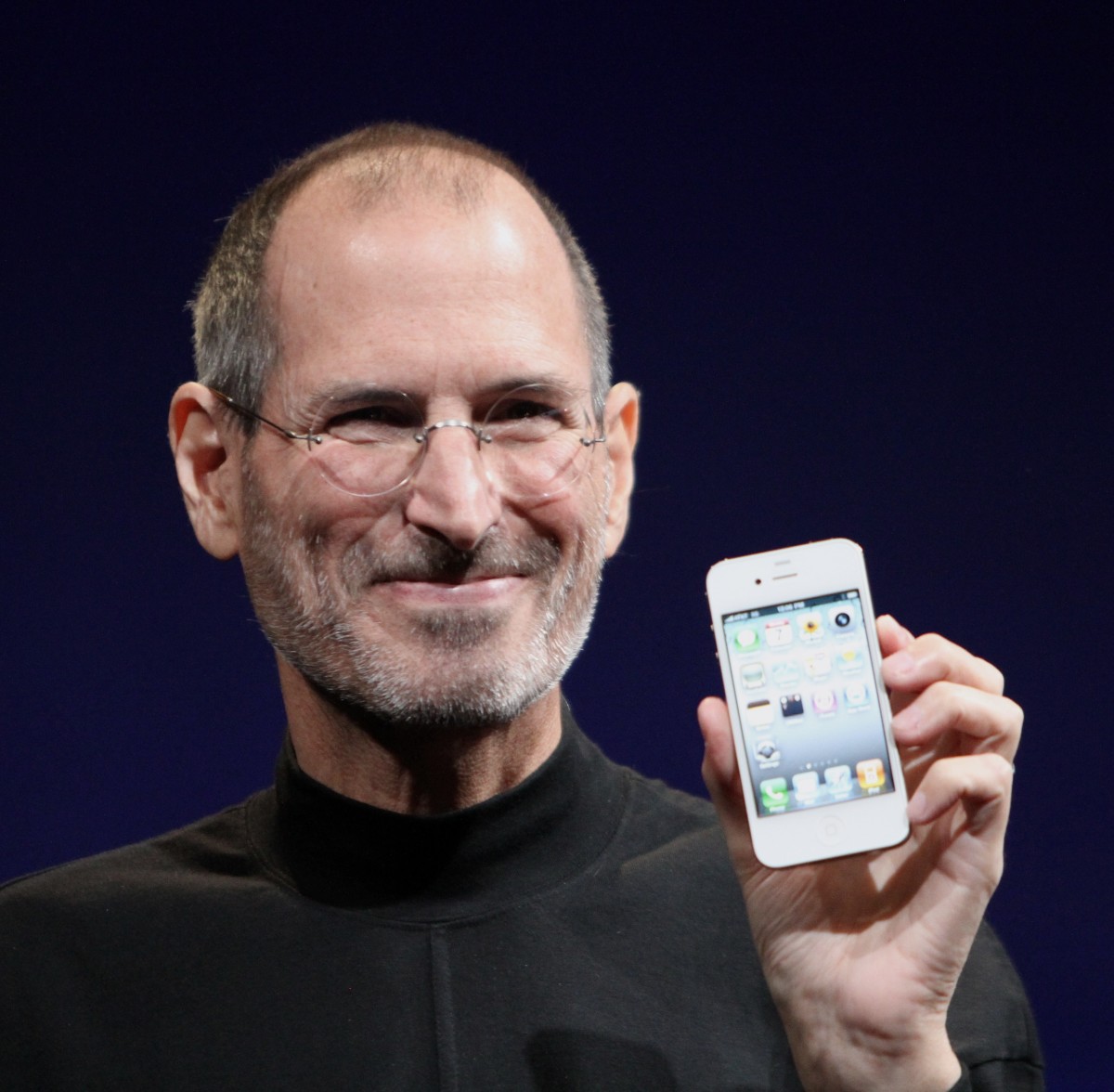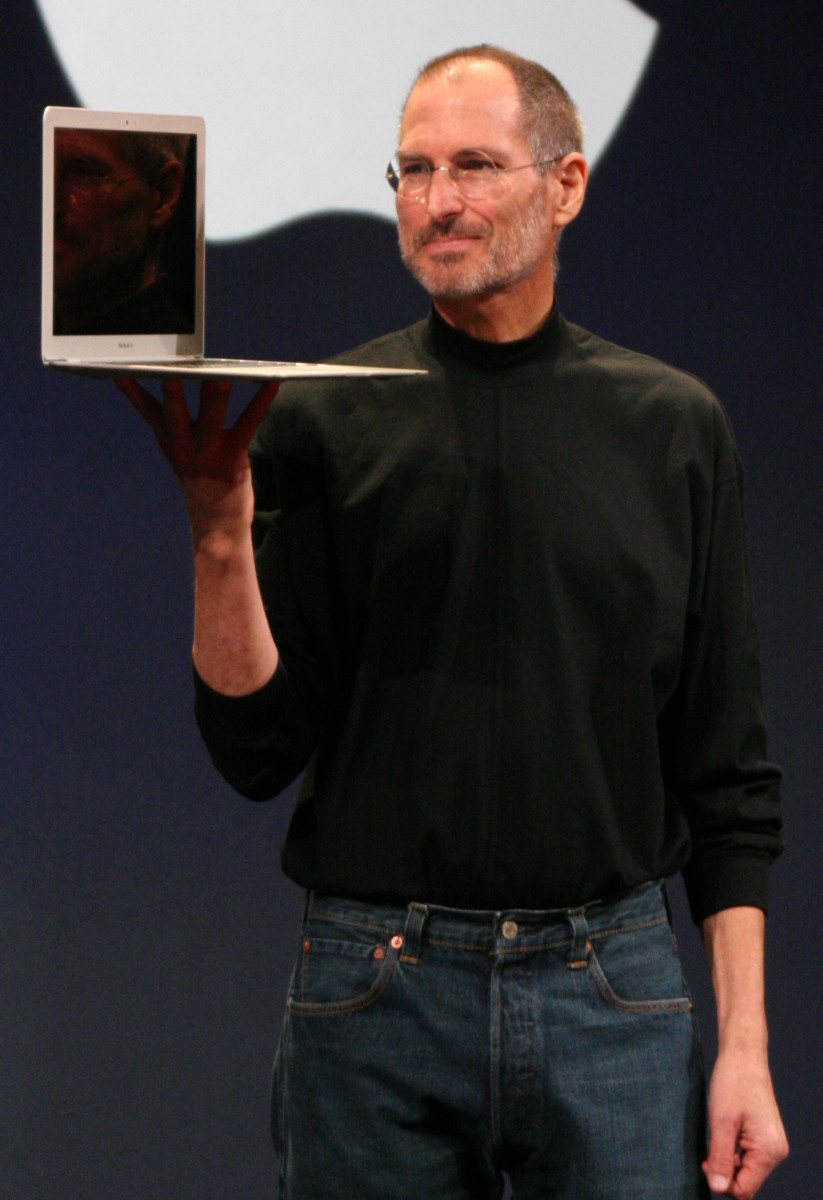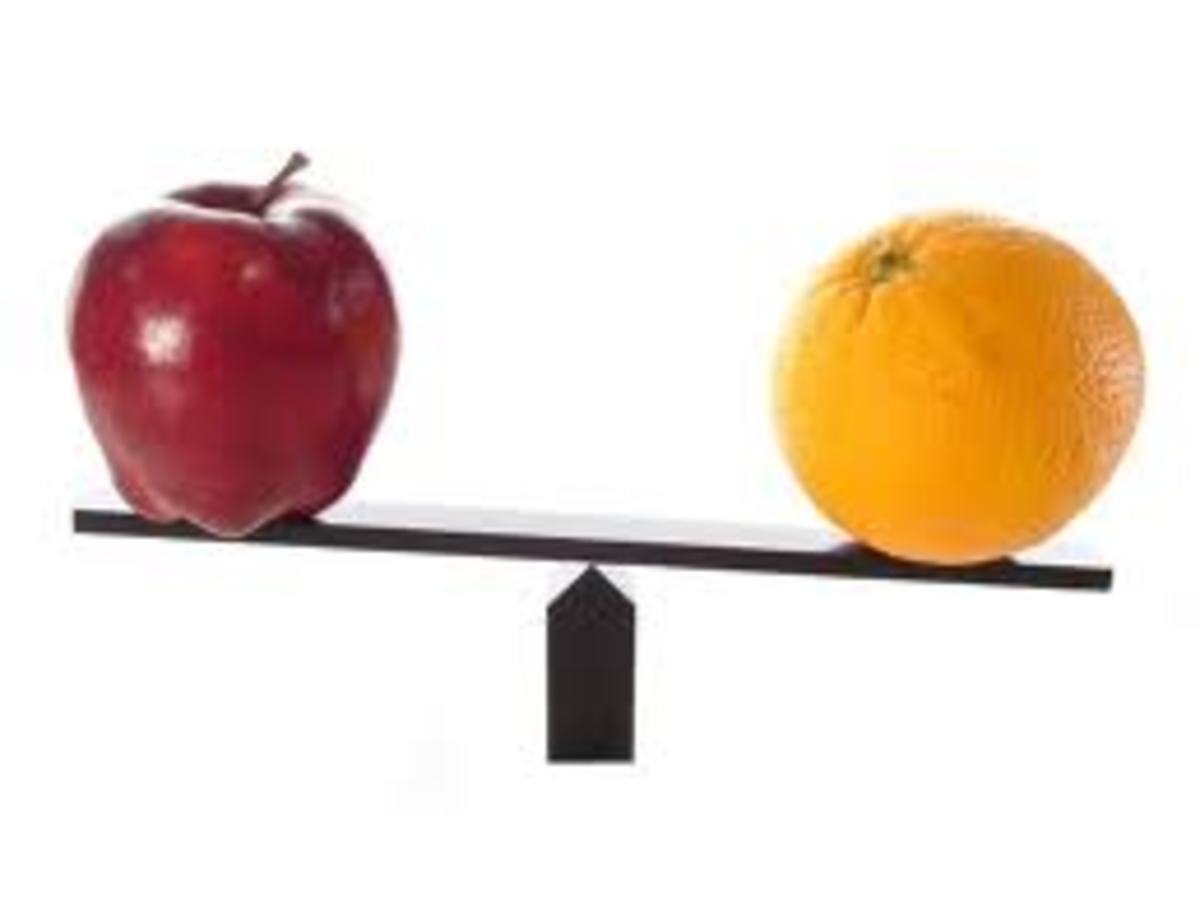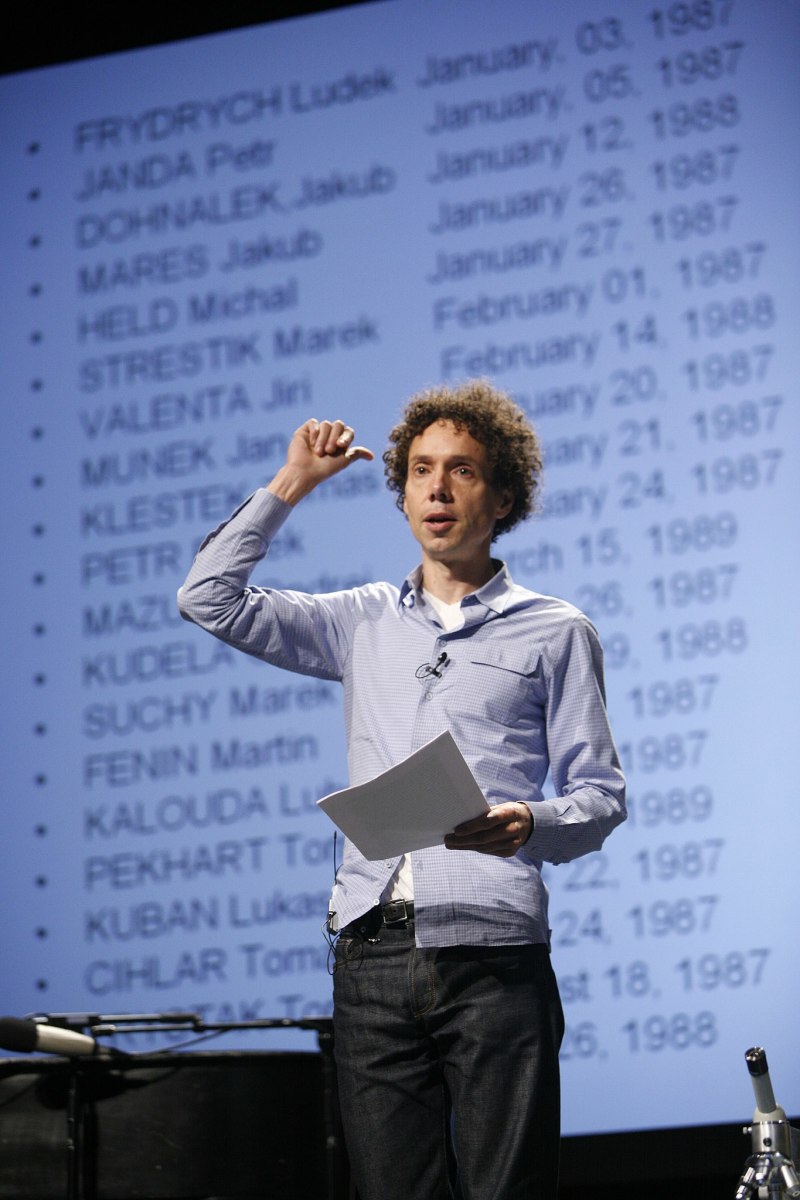Book Review: Steve Jobs by Walter Isaacson
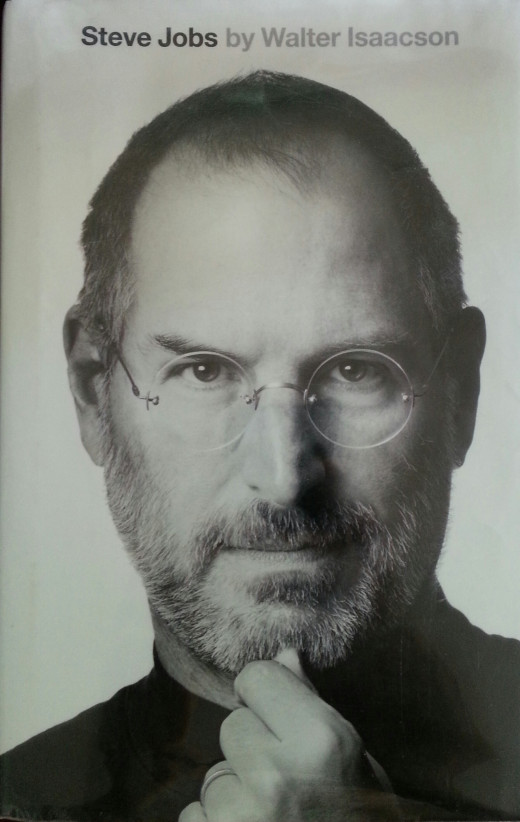
In 1955 a newborn male baby, put up for adoption by an unmarried San Francisco woman, was claimed by a young Bay-area couple recently relocated from Wisconsin, Paul and Clara Jobs. The child, christened Steven, would grow up to have a life unlike any other person in history.
He would never forget that he had been abandoned at birth, and this sense of wounded pride would motivate him and influence many of the eccentricities of the company he founded, Apple Computer.
By the time of his death of pancreatic cancer 56 years later Steven Paul Jobs would be the mastermind behind the most valuable company in the world, the originator of new forms of music distribution, motion picture animation, telecommunication, electronic storage and computing: a charismatic and contradictory figure who cast a shadow over the entirety of the human race.
In Steve Jobs, a title of stark simplicity chosen to suit the personality and mindset of its subject, former CNN chairman and Time Magazine managing editor Walter Isaacson has captured much of the grandeur of this amazing life.
Following in the tradition of James Boswell in The Life of Samuel Johnson, Isaacson has achieved the difficult feat of minimizing himself and maximizing his protagonist. Throughout the biography it is Jobs himself, quoted verbatim, who is allowed to tell his own story.
The biography quickly achieved enormous worldwide commercial success after its publication following Jobs death in 2011, setting records for sales in its particular genre. The irony is that Jobs himself, who upon hearing of his cancer diagnosis in 2004 asked Isaacson to write the biography and gave him unfettered access to his personal life, never read the book which immortalized him for posterity.
And the evidence is that even if he had lived to see the book in print, he wouldn’t have read it. He insisted upon honesty, which, in many aspects of his life and character, was equally flattering and unflattering.
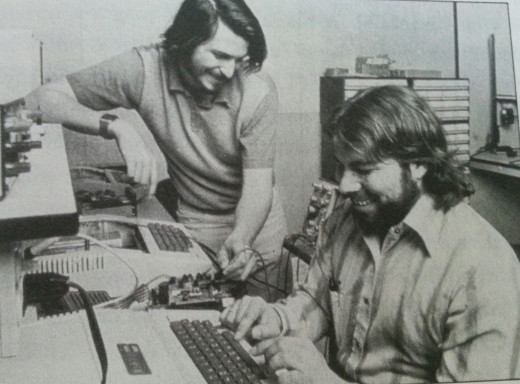
Summary
In the late 1950’s the suburban communities between San Francisco and San Jose, California were a haven for military research, spurred by several large naval bases nearby and the influx of veterans who had settled in the area after their service in World War 2.
One of these veterans, Paul Jobs, a Wisconsin native and high school dropout, made a hardscrabble living as a repossession agent for a company that financed cars. For extra money, Jobs sometimes fixed the cars he repossessed and sold them for a profit. His careful eye for detail and mechanical perfectionism made a profound impression on his young son Steve. Even in such projects as refinishing chests of drawers, the elder Jobs took great detail to finish the back of the chests, which no one would ever see, with the same care and attention as the front.
While Steve hung around with his father, trooping to junkyards to look for auto parts, he received his first exposure to electronics. He understood little about them, but other kids around him, in and around Mountain View, California, began to take play with circuitry.
One of these kids, Stephen Wozniak, inspired by the example of Bill Hewlett and David Packard, two tinkerers who had established their own electronics company in nearby Palo Alto, had built his own circuit board. At age 13, Jobs actually found Bill Hewlett’s name in the local phone directory and called him to get a particular part. This led to his getting a summer job at Hewlett-Packard.
While at Homestead High School, Steve Jobs was introduced to Wozniak and was fascinated by his work. He had the idea that Wozniak’s circuit board might be connected to a monitor and sold to individual consumers.
The two of them began a partnership, experimenting with designs. Jobs lacked technical knowledge, but had an innate understanding of what consumers needed and how to appeal to them aesthetically and emotionally. Wozniak, strictly a technician without business sense, allowed Jobs to organize them into a company.
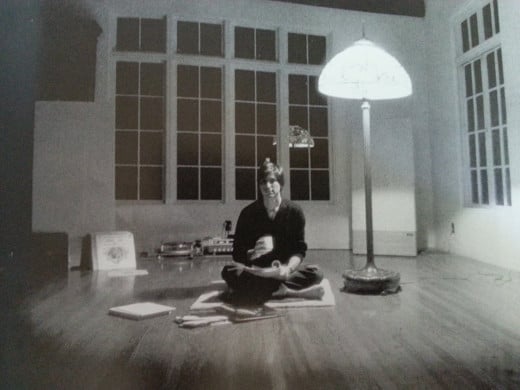
Jobs developed an attitude of willful arrogance and indifference to normal social mores. He dropped out of Reed College in Oregon, asked if he could audit classes without paying tuition, abandoned bathing and a normal diet, and traveled to India to seek enlightenment from a Buddhist yogi. He joined a commune called All One Farm near Portland, and managed an apple orchard.
A relationship with a young woman named Chrisann Brennan in Oregon produced a daughter, Lisa, whom Jobs abandoned along with her mother.
Upon returning to California he decided to name his and Wozniak’s computer company “Apple”. He adopted a “fruitarian” diet without meat and began recruiting skilled engineers to refine computing machines. Wozniak, thinking that their designs should be shared publicly, withdrew from the operation. Jobs, determined to manage all aspects of his company—the design, the hardware, the software, the marketing and the distribution—proceeded at full speed ahead without him.
A stern taskmaster, frequently foul-mouthed and abusive to people who opposed him or failed to uphold his expectations, Jobs nevertheless achieved meteoric success selling computing machines to people who had never had them before. His corps of engineers continued to refine his company’s products with an emphasis on simplicity of design and ease of use.
In 1984 Apple unveiled its new model of computer, the “Macintosh”, named for a favored variety of apple. An ad Jobs decided to air during that year’s Super Bowl, featuring a young woman throwing a hammer at a parody of George Orwell’s Big Brother on a large TV screen, highlighted Apple’s desire to promote individualism and personal happiness rather than conformity and mechanization.
The Macintosh was immensely successful upon its release, but Jobs’ abusiveness, callousness, arrogance and vulgarity begin to alienate him from the board members of the company he started. In 1985, after a disastrous attempt to duplicate the advertising success of the 1984 Super Bowl ad pointed up the flaws of Jobs’ authoritarian management style, he was ousted by his assistant John Sculley, replaced as CEO and later divested himself of Apple.
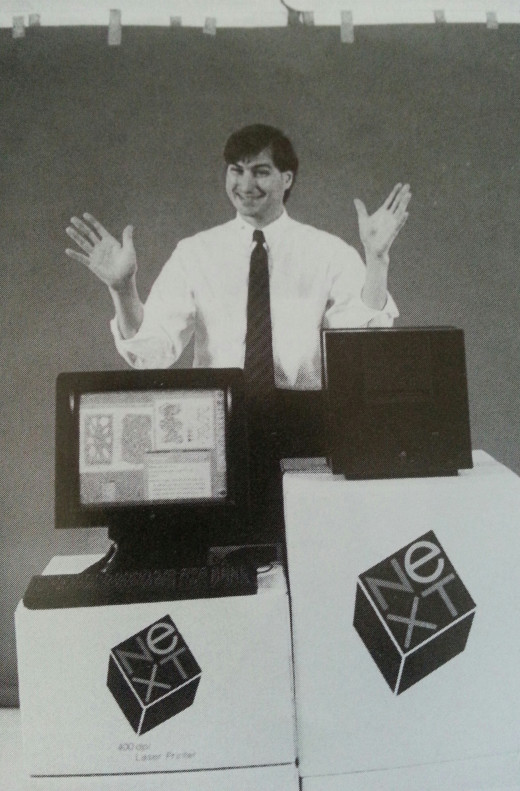
Jobs was criticized by colleagues for his “reality distortion field”, his refusal to accept obvious facts or consequences, and for thinking that he was exempt from obeying rules which apply to all other people. As an example, he routinely parked in handicapped parking spaces to save time and intentionally avoided putting license plates on his cars.
Though a multimillionaire at age 30, Jobs grew restless in retirement. He started another computer company called NeXT, but without his gifted staff at Apple he struggled to gain a niche in the marketplace. Rival Bill Gates, the chairman of Microsoft, ridiculed Jobs’ lack of technical knowledge and deplored the closed-system approach of his products. At a lecture at Stanford Business School, Jobs met a beautiful young graduate student named Laurene Powell, whom he ultimately romanced and married.
While floundering at NeXT, Jobs recalled having seen some amazing computer animation during a tour of George Lucas’s studio in northern California. He and some investors purchased the division from Lucas, enhanced it and started a new company called Pixar, which pioneered the art of computer animation in a movie called Toy Story. Jobs began a partnership with the Disney Corporation, and Pixar produced a string of high-grossing hits, including Toy Story 2, A Bug’s Life, Monsters, Inc. and Finding Nemo.
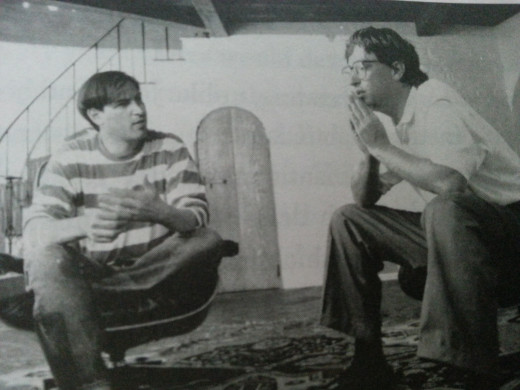
During Jobs’ absence, Apple had lost its profitability and descended to mediocrity. In a bizarre move, Apple’s then-current CEO, Gil Amelio, realizing that only Jobs could bring back the company’s lost glory, recruited him to return and agreed to buy NeXT from him. Jobs accepted and after clashing with Disney CEO Michael Eisner and executive Jeffrey Katzenberg, negotiated the sale of Pixar to Disney under condition that Pixar retain its creative independence.
Jobs, by now in his 40’s and a married father of three, embarked on his greatest run of success after his return to Apple in 1997. Exercising total control of all aspects of product development, he abused, browbeat and insulted employees and competitors, but nevertheless awed them with a series of revolutionary products which resulted almost exclusively from his vision: the iPod for storing music in 2001; iTunes and the iTunes store for selling songs and artistic content in association with the iPod; the iPhone in 2007 and the iPad in 2010.
Having been diagnosed with pancreatic cancer in 2004, Jobs continued to struggle with surgeries and therapy even while enjoying his greatest triumphs. He received a liver transplant in Memphis in 2009, but cancer continued to spread throughout his body. In August of 2011, emaciated and barely able to walk, he resigned his position from Apple and died of complications from cancer two months later.
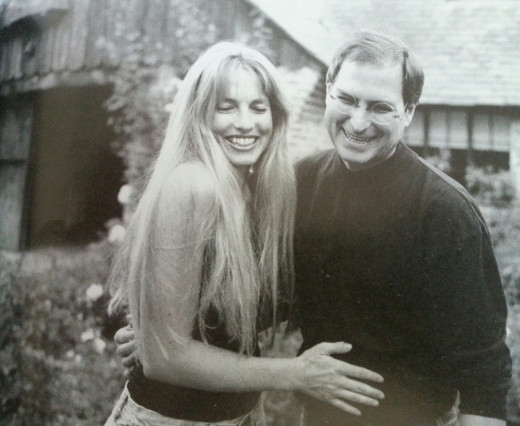
Assessment
The popularity of Jobs’ story lies in the contradictions of the man himself.
He was a Colossus of the technological age who, unlike Bill Gates, Google co-founders Larry Page and Sergey Brin, Facebook head Mark Zuckerberg and others, knew very little about engineering.
He was a man of almost overpowering charisma and cult-like powers of persuasion who nevertheless was legendary for his profanity, bluntness, conceit, vulgarity and insolence.
He was a man who cared little about personal wealth and yet was obsessed with creating profit-making gizmos.
He considered himself an artist, a dropout, a hippie and a non-conformist: a child of the 60’s culture of drugs, sex and rock and roll; and yet forged a reputation as the most astute capitalist of his time, a modern-day addition to the pantheon of Henry Ford, Andrew Carnegie, Thomas Edison and John D. Rockefeller.
He was a man of unabashed selfishness, a billionaire with no interest in philanthropy, and yet a man who literally sacrificed his life, his health and well-being to give other human beings new ways of communicating, creating and experiencing life.
He was a private man who didn’t want people to track him down by reading his car license plate, yet he was also the great impresario of contemporary times whose product launches were staged with the care and attention of a P.T. Barnum, Buffalo Bill and Ed Sullivan.
In the Jobsian universe, all people were divided into two categories: “geniuses” and “shitheads”. Everything in the world was either “brilliant” or it was “shit”. Isaacson concludes that Jobs wasn’t a particularly smart man, but he was indisputably a genius: a visionary with a one-in-a-billion gift to make the world want something it didn’t know it needed, then to become dependent on the innovation and to wonder how it ever existed without it.
With the fanaticism of a guru Jobs made all of his Apple products tamper-proof, trusting no one’s intervention, accepting no possibility of betrayal. The desire for control was perhaps brought on by his childhood sense of abandonment, a feeling that his own biological parents had rejected him. In later life, given a chance to meet Abdulfattah Jandali, his Syrian-born biological father, Jobs flatly refused. His psyche was as much a closed system as any of the iPhones or Macs his company ever manufactured.

His archrival Bill Gates, a staunch believer in philanthropy and sharing software freely across various systems, grudgingly learned to respect Jobs’ diametrically opposite approach and shed tears upon hearing of his death.
The many antagonists his hellfire-and-damnation approach to management caused him were perhaps less disappointed by his painful passing. But at the same time they validated the methods of his madness by using his products, whether produced by his company or by copycat rivals, with the relish of converted apostles.
Jobs’ envisioned Apple as being at the intersection of two streets, one named Technology and one named Humanities. The success of his peculiar vision was a resounding result of that approach.
A perfectionist along the order of his adoptive father, he would lose sleep to find the perfect color for a storage case, the perfect shape for an iPhone, the correct glass for a touch screen. Vicious tirades would be directed at anyone who threatened to pollute his pure artistic vision for his products.
In a world of cathedral-builders, he was Michelangelo, whose only role was to paint the ceiling. But in his feverish, compulsive desire to make his work beautiful he demonstrated the reason why the cathedral ever needed to be built.
Isaacson has given us a masterpiece of truthfulness in its portrayal of a powerful man, stoked by pride, genius, ruthlessness and determination to achieve a single-minded goal: in his own words “to make great products.”
© 2015 James Crawford

